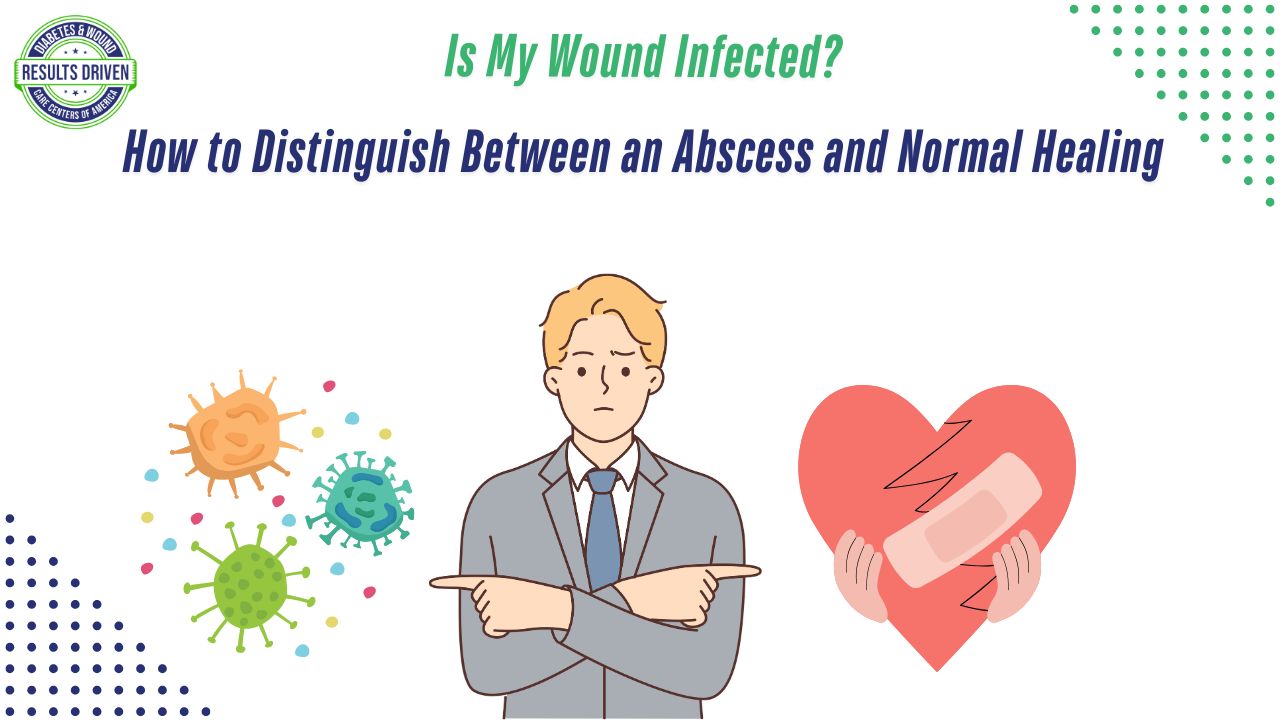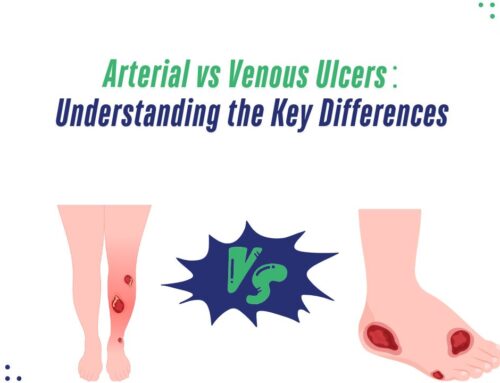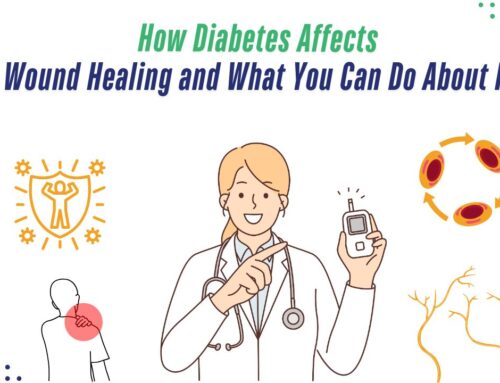Is My Wound Infected? How to Distinguish Between an Abscess and Normal Healing
When you have a wound, it can be difficult to tell whether it is healing properly or developing an infection. Symptoms like redness, swelling, or discomfort can occur in both cases, making it easy to confuse normal healing with the early signs of infection. However, certain changes in a wound’s appearance, sensation, or healing process may indicate something more serious—such as an abscess that requires medical attention. Understanding these differences is essential for proper wound care and preventing complications.
By recognizing the key signs of an infection, differentiating them from normal healing, and knowing when to seek medical advice, you can take proactive steps to ensure a safe and smooth recovery.
Recognizing Key Signs of an Infected Wound
While some discomfort and swelling are part of the healing process, an infected wound will often present more severe and persistent symptoms. One of the most common signs of infection is pus or fluid discharge. This discharge may be yellow, green, or brown and is often accompanied by an unpleasant odor. Unlike the clear or slightly yellow fluid that may appear in normal wound healing, infected discharge tends to be thicker and more opaque.
Another key sign of infection is increasing redness and swelling that extends beyond the wound area. A mild inflammatory response is normal, but if the redness continues to spread or becomes more intense, it may indicate an infection taking hold. Warmth around the wound is also a red flag, as it suggests the body is mounting an immune response to fight off bacteria.
Pain is another critical indicator. Normal wound healing may involve some discomfort, especially in the first few days. However, if the pain intensifies over time rather than improving, or if it extends beyond the immediate wound site, it may signal an infection.
More serious infections can cause systemic symptoms, such as fever, chills, or unexplained fatigue. If red streaks begin radiating from the wound toward the heart, this could indicate lymphangitis—a severe condition requiring immediate medical attention. Recognizing these warning signs early can help prevent the infection from worsening.
Differentiating Between Infection and Healing
Distinguishing between normal wound healing and an infection is crucial for proper care. Wound healing follows a predictable timeline, with three key phases: inflammation, tissue formation, and remodeling. During the inflammation stage, some redness and swelling are expected, as the body sends white blood cells to fight bacteria and begin repairing damaged tissue.
As healing progresses, the wound may form a protective scab, and clear or slightly yellow fluid may appear. This is part of the body’s natural healing process and is not a cause for concern. Any initial discomfort or mild swelling should gradually decrease over time.
An infected wound, however, follows a different pattern. Instead of improving, symptoms like swelling, redness, and pain worsen. The presence of thick pus, increased warmth, and a foul odor all suggest an infection rather than normal healing. If the wound continues to enlarge or does not show signs of improvement after several days, infection is likely interfering with the healing process.
If you are ever unsure whether a wound is healing properly, it is always better to monitor its progress closely and take note of any unusual changes.
When Should You Seek Medical Help?
While minor wounds often heal without medical intervention, certain symptoms should prompt you to seek professional care. If your wound exhibits any of the following warning signs, it is essential to consult a healthcare provider:
- Persistent or worsening redness, swelling, or warmth around the wound
- Pain that increases over time instead of improving
- Thick, foul-smelling pus or fluid draining from the wound
- Fever, chills, or unexplained fatigue
- Red streaks spreading from the wound toward the heart
Additionally, if you have diabetes, a weakened immune system, or a condition that affects circulation, your risk of wound infection is higher. In these cases, even a minor wound should be examined by a healthcare professional to prevent complications. If you haven’t had a tetanus shot in the last five years and the wound was caused by a dirty object, puncture, or animal bite, seeking medical care is also important.
Ensuring Proper Wound Management
Understanding the differences between normal healing and infection is key to effective wound care. By closely monitoring the wound’s appearance, symptoms, and healing progress, you can identify potential issues early and take appropriate action. Proper wound care—such as keeping the wound clean, using doctor-recommended dressings, and managing underlying health conditions—plays a significant role in preventing infection and supporting recovery.
If you are ever in doubt about whether your wound is healing properly, seeking medical advice can provide clarity and ensure the best possible outcome. Taking early action can prevent complications and promote a faster, smoother healing process. Your health and well-being should always come first—when in doubt, don’t hesitate to reach out to a healthcare provider.







